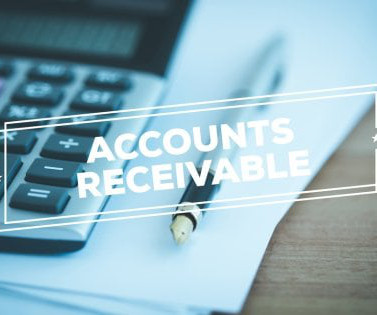Allowance for doubtful accounts & bad debt expenses: Calculation
Chaser
MARCH 30, 2025
The concepts of allowance for doubtful accounts and bad debt expenses play a pivotal role in portraying an accurate picture of a company's financial health.

Chaser
MARCH 30, 2025
The concepts of allowance for doubtful accounts and bad debt expenses play a pivotal role in portraying an accurate picture of a company's financial health.

Gaviti
OCTOBER 24, 2022
Allowance for doubtful accounts (ADA) is a financial metric that estimates the value of rendered services or goods sold that you don’t expect to get paid for. Essentially, it’s a tool used in accrual accounting as a way of tracking bad debt up front with the end goal of maintaining more accurate financial statements.
This site is protected by reCAPTCHA and the Google Privacy Policy and Terms of Service apply.

Lendio
MARCH 13, 2023
Here is the journal entry to record a payment from your customer on an invoice you sent them: Debit Cash Credit Accounts Receivable Bad Debt Entries Unfortunately, sometimes a customer will not make good on their obligation to pay you for your goods or services.

Gaviti
APRIL 18, 2024
This ensures your invoicing processes are aligned with their accounts payable. It also helps provide documentation in the event that your company has bad debt that it is able to take as a tax deduction. The post The Importance of the Accounts Receivable Aging Report appeared first on Gaviti. Get a demo today.

Gaviti
OCTOBER 27, 2022
Creating an Accounts Receivable Analysis Report. Typically, analysis of receivables will involve assessments of the size of your accounts receivable as well as any allowance for doubtful accounts you make.

Emagia
DECEMBER 3, 2024
Tax Implications: Allows businesses to claim deductions for bad debts, potentially reducing taxable income. Methods for Writing Off Accounts Receivable There are two primary methods to write off AR: Direct Write-Off Method Process: Recognizes bad debt expense only when a specific account is deemed uncollectible.

Gaviti
MARCH 11, 2025
Without proper credit assessments and checks, businesses expose themselves to significant financial risks, including cash flow disruptions and potential bad debts. These alerts are triggered based on predefined thresholds or specific criteria, allowing teams to prioritize their efforts and address potential issues promptly.
Let's personalize your content